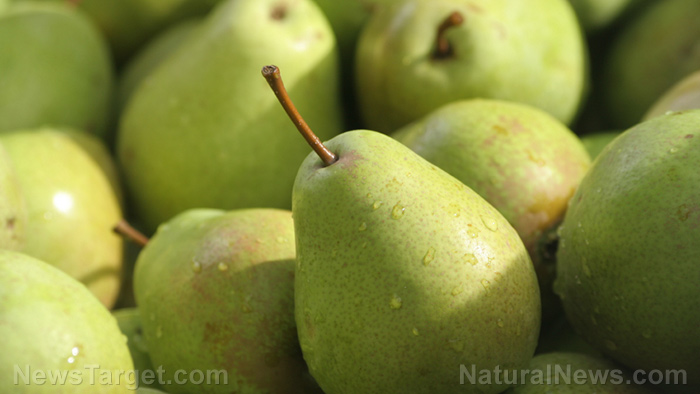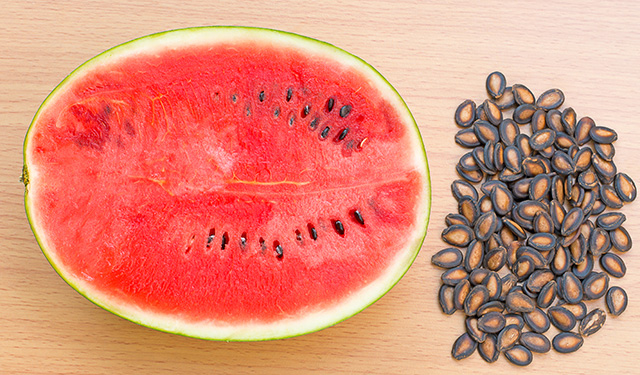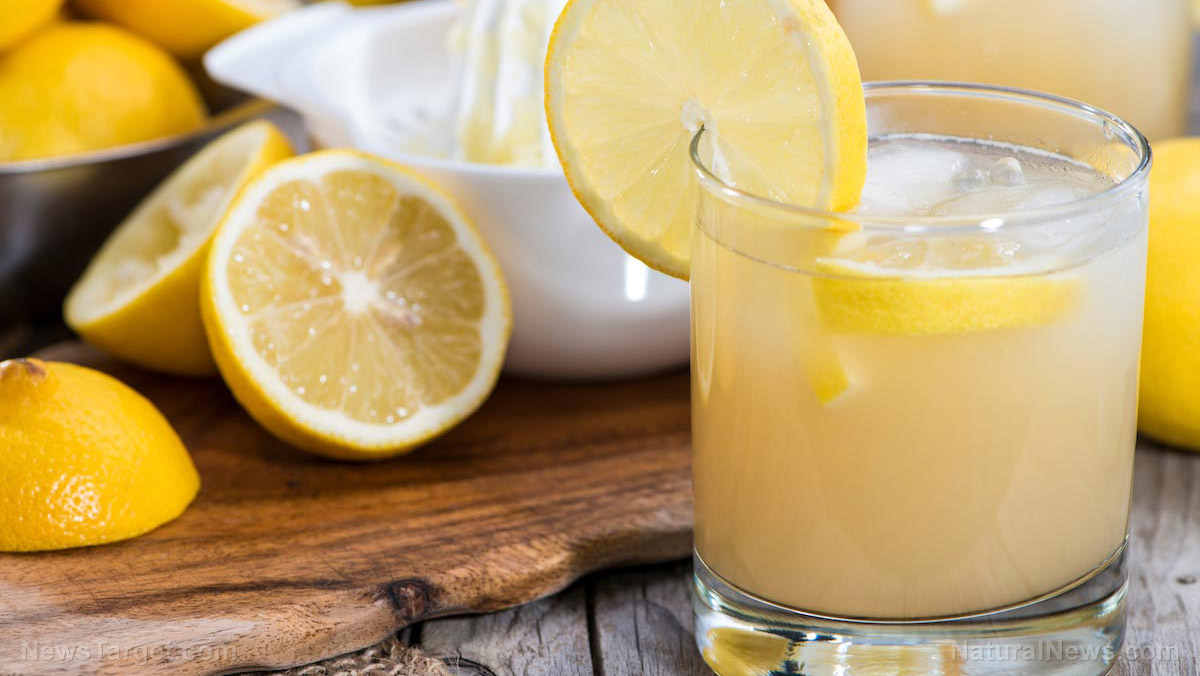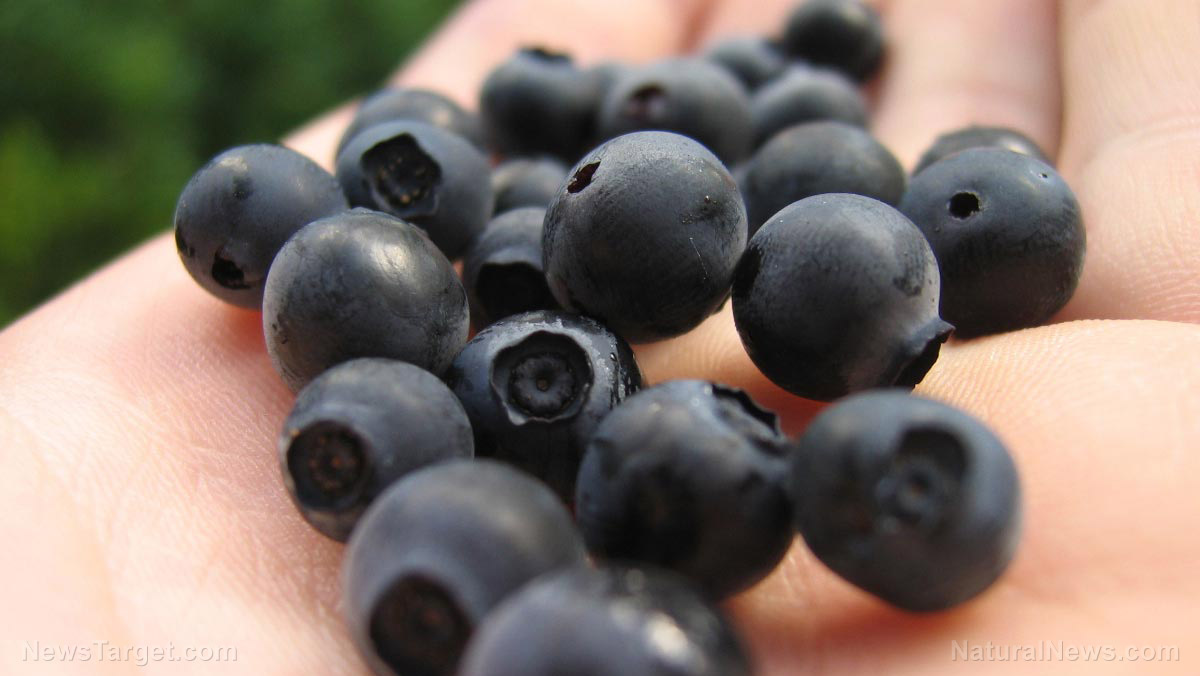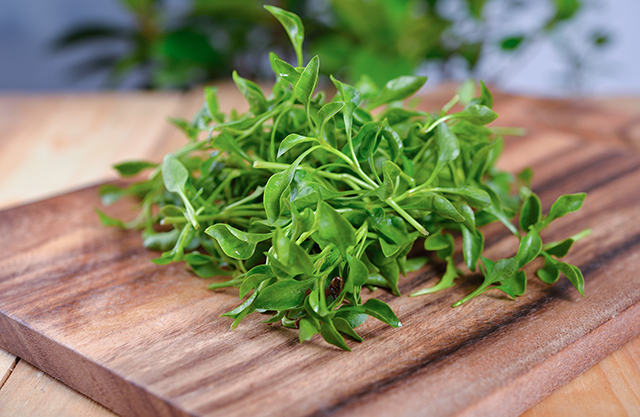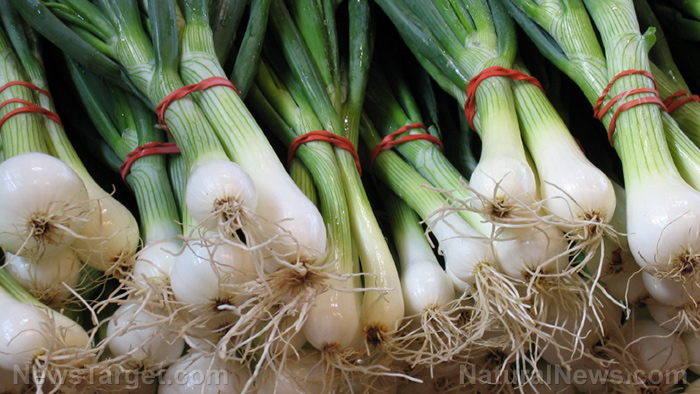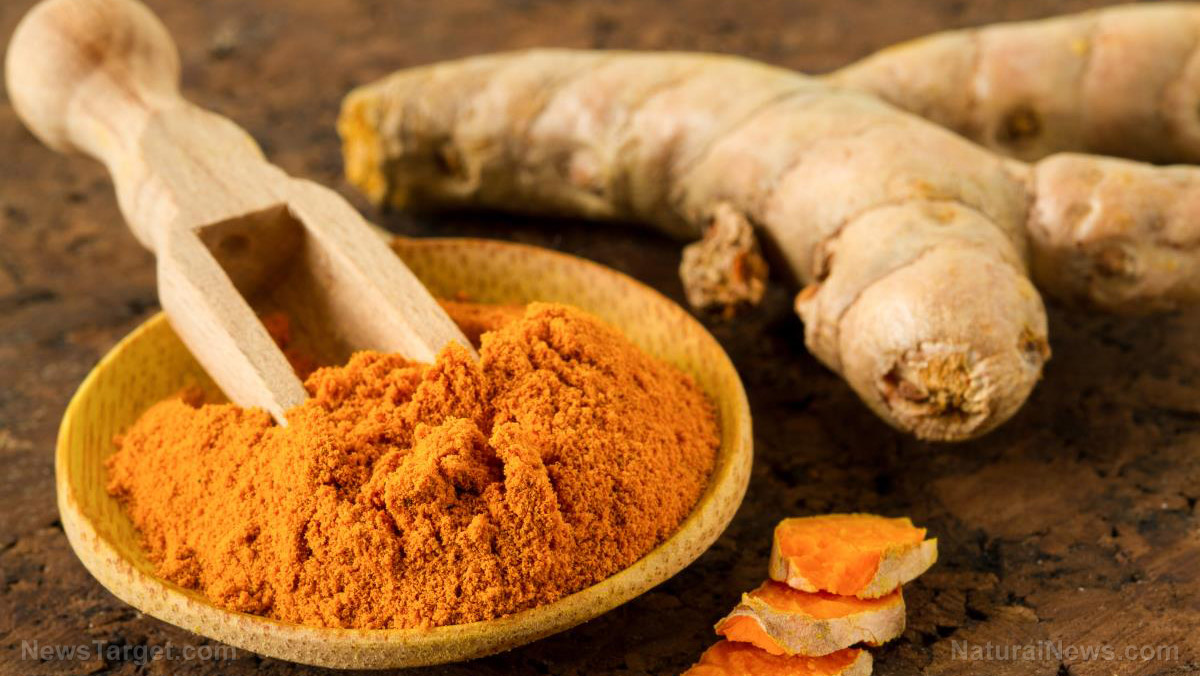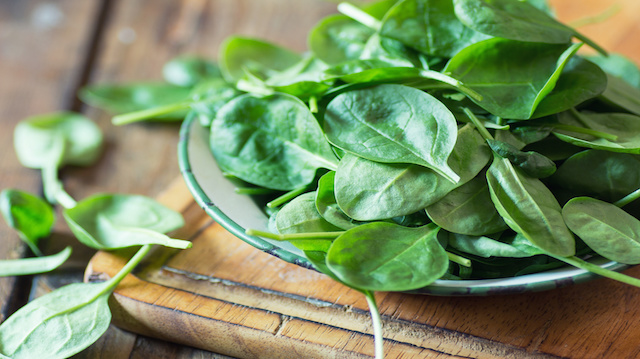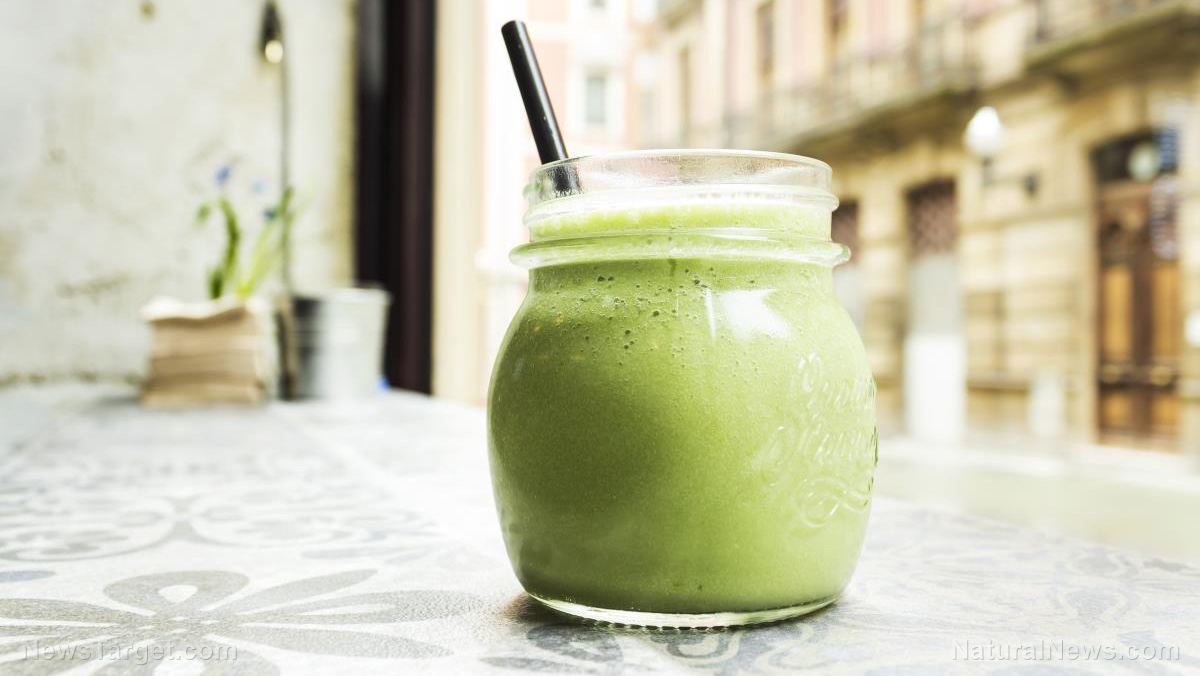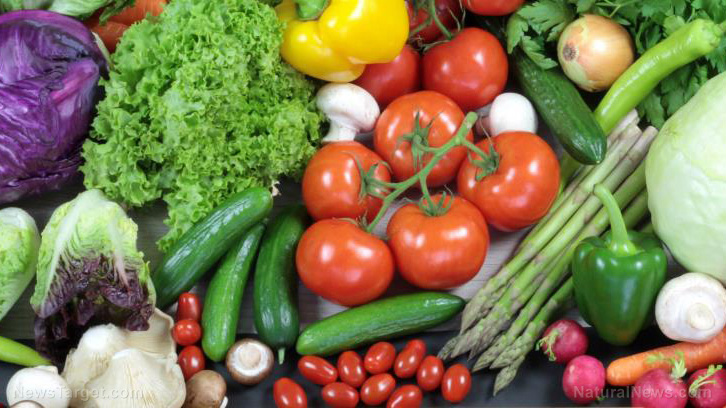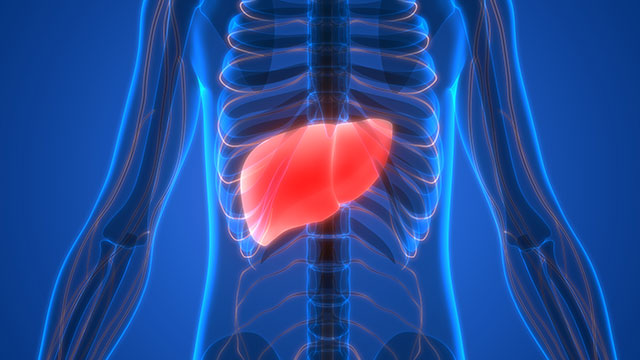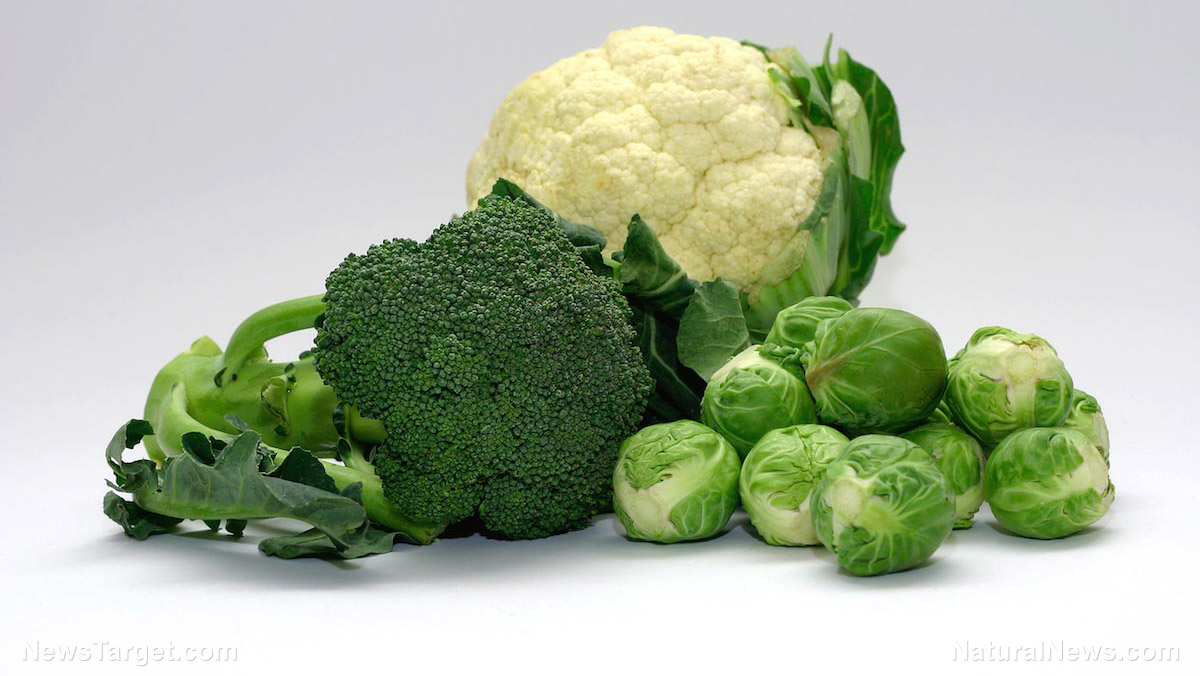Plant grower develops a weapons-grade chili pepper that’s so hot it could kill you
05/25/2017 / By Bridgette Wilcox

If the name “dragon’s breath chili” strikes fear in your mortal heart, that’s because it should. The pepper, developed by Welsh plant grower Mike Smith in collaboration with Nottingham Trent University, is so hot that even a bite of it could send a person into anaphylactic shock.
If that’s not enough to get you sweating, here are some measurements to put things in a peppery perspective. On the spice scale, the dragon’s breath packs quite the punch at 2.48 million Scoville units, said a report on DailyPost.co.uk. That’s significantly higher than the current record-holder for the hottest chili, the Carolina reaper, which averages only at 1.4 million Scoville units. Based on the Scoville scale alone, the standard habanero, which clocks in at a bland 100,000 to 350,000 units, pales in comparison. Even military grade pepper spray, with two million Scoville units, can’t hold a candle to dragon’s breath.
Lethally spicy though it may be, the pepper was created only with good intentions. It was actually made to be used as an all-natural anesthetic; its oils are so strong that when applied topically, it can make the skin go numb. This could be useful not only for people who are allergic to certain types of anesthetic, but also for patients, particularly in developing countries, who can’t afford conventional medicine.
It is only a matter of time before the chili is officially recognized as the world’s hottest pepper. According to Smith, he is expecting a confirmation letter from the Guinness Book of World Records anytime soon.
Turn the heat up
While it may be a while before anyone figures out how to incorporate the dragon’s breath in their weekday dinners, there are other super hot chili peppers that the adventurous heat seekers may want to try. The aforementioned Carolina reaper and habanero can both be purchased through many different specialty dealers online, along with other super hot peppers such as the Trinidad scorpion (1.4 million Scoville units), the Naga viper (1.3 Scoville units), and the 7 pot red (one million Scoville units).
Obviously, cooking with these peppers involves some caution. That is to say, you can’t just dice a bunch of them up and toss them into your simmering pot of stew. Here are a few guidelines on how to include super hot peppers into your meals if you are so inclined, as published on ChiliPepperMadness.com:
- Wear gloves – Capsaicin, the component that makes peppers hot, is an oil on the surface of the pepper that sticks to your skin. Wearing gloves is the best way to protect your hands from the oil so you don’t get it on the more sensitive parts of your body. If you choose to work with the chilis bare-handed, don’t forget to wash your hands thoroughly. You wouldn’t want to rub your eyes with capsaicin-infused fingers.
- Measure your pepper – Because of their potency, you won’t need much of a super hot chili to taste it in your dish. Consider how big a meal you’re making and adjust your chili amounts appropriately.
- Take the insides out – Removing the seeds and inner membranes of the chili lessens the heat and makes it somewhat more palatable while still keeping it spicy.
- Have some milk – Drinking milk or taking another dairy product like sour cream or yogurt is a great counter to the heat from the peppers. Incorporating dairy into your recipe is a tasty way to make the heat more tolerable.
Get more updates like this on Veggie.news.
Sources include:
Tagged Under: chili, chili peppers, dragon's breath

